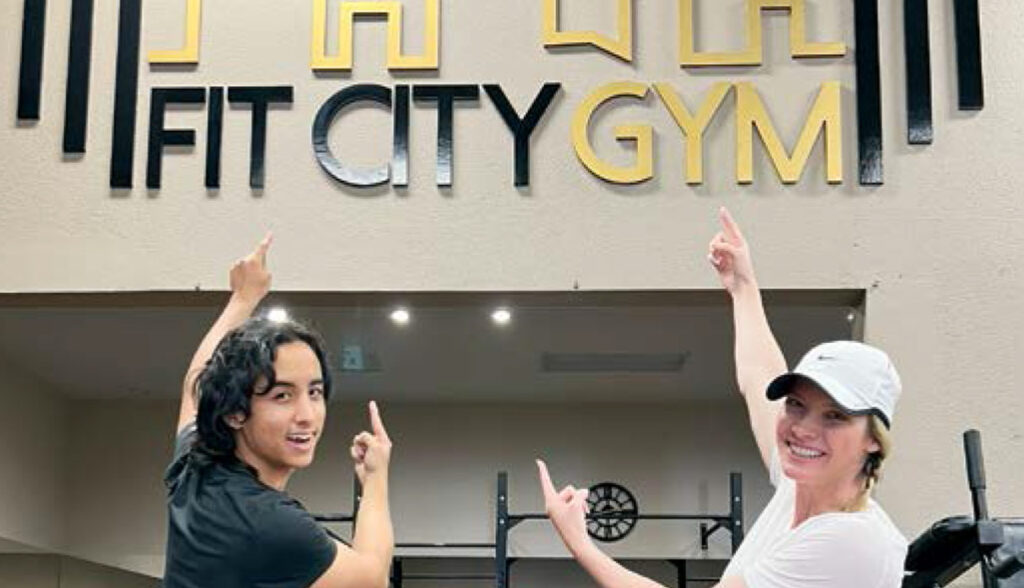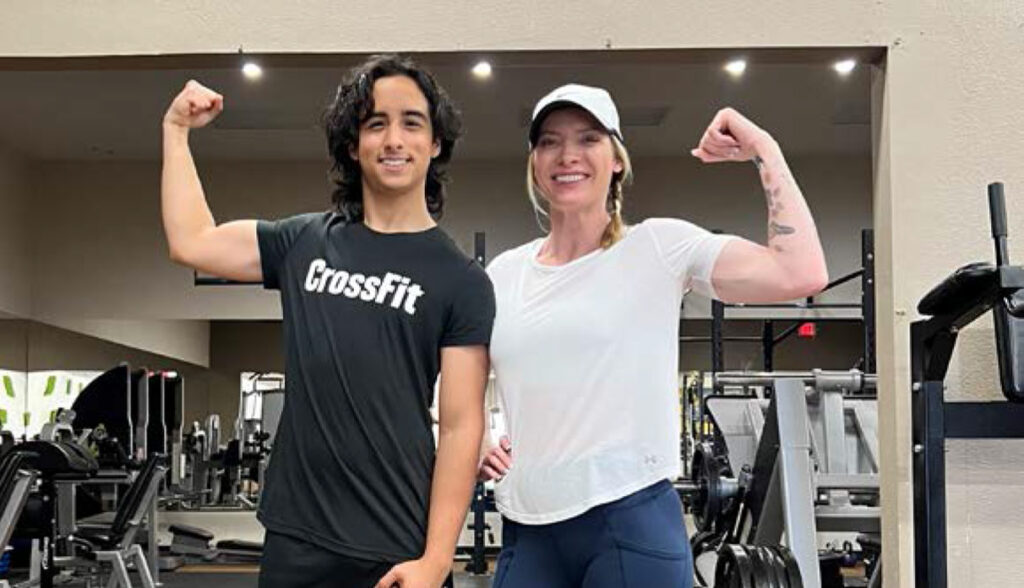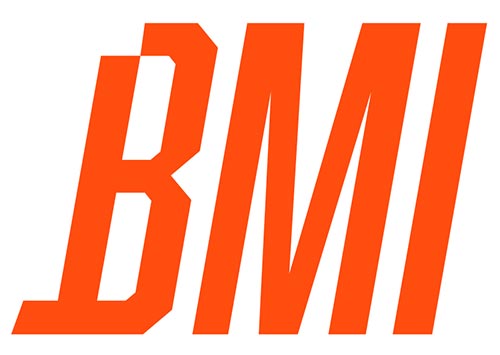ASD & Fitness
SPECIAL EDUCATION, HEALTH AND PHYSICAL EDUCATION EARLY CHILDHOOD THROUGH GRADE 12 CERTIFIED TEACHER THROUGH THE TEXAS EDUCATION AGENCY; PERSONAL TRAINER AND NUTRITION COACH CERTIFIED BY THE NATIONAL ACADEMY OF SPORTS MEDICINE; FREDERICH FASCIAL STRETCH THERAPIST.
ASD (Autism Spectrum Disorder), such a widespread diagnosis, yet there are so many people, even in the field of education, who are unfamiliar with how to accommodate people with the unique and varying needs of someone with it. How does this relate to fitness, you may ask? Well, according to The Official Journal of the American Academy of Pediatrics, studies show that people with ASD tend to have significantly higher rates of being overweight or obese. Many of these cases are identified in individuals as young as 2-5 years old. Factors that contribute to this are numerous and vary from person to person. They can include situations such as the fact that some people with autism tend to struggle with tasks requiring balance and coordination, to being distracted by overstimulation to sounds, sights, and tangible things in their atmosphere, and even medication for other disabilities that they may have. Their cognitive development may also be delayed or affect them being able to successfully take part in certain physical activities.
So as someone working with an individual on the autism spectrum, how can you assist them in getting and staying in shape? Below are some tips for working with ASD and Fitness. For a more in depth description to better understand and for some visual examples, scan the QR code and check out our informational video.
Tips for fitness on the spectrum:
- -Minimize complexity of the task, as needed.
- – Reduce the number of steps to complete a task and present
exercises one at a time. - – Help them count, count for them, or use a timed exercise.
- – Create modifications for balance and coordination exercises
that can be scaffolded into progressions as the client improves. - – Be patient, provide repetition of instructions with each task,
and allow extra time for completion. - – Politely and positively redirect the individual to the task
if/when they become distracted - – If the texture or feel of a piece of equipment bothers them, try
an alternate exercise with different equipment they are more
comfortable with.
For more info on fitness with people who have special needs, feel free to contact me, Stacie Juul, by email:
juul@bmimagazines.com or via text (915)494-0487.
I also offer personal training and stretch therapy services for individuals with special needs.



